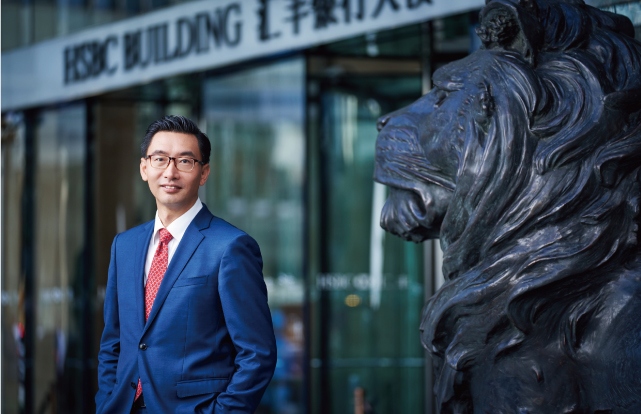
At present, China’s “trio of new growth drivers”, comprising new industries, new business formats and new commerce, continues to steam ahead. Statistics released on the 6th of this month on the website of the National Bureau of Statistics showed the economic added value of the trio in 2020 was equivalent to 17.08% of the country’s GDP in the same year.
The trend was echoed at the 4th World Artificial Intelligence Conference recently held in Shanghai, which featured the theme “Intelligent Connectivity, Inspirational Cities” and explored the new frontiers of technological innovation and industrial applications of artificial intelligence, seen by many as an important engine to propel the digital transformation of cities and ensure high-quality development of the digital economy and the new economy industries.
It is worth noting, nonetheless, that “new economy” businesses, powered at the core by the information and modern technology revolution, are prone to costly investments in human capital and technologies, stacks of intangible assets and higher risk exposure. This requires banks to support the development of the real economy in new ways as part of their pledge to help forge an innovation-driven economy. “The good news is banks are now aware of the specific needs of new economy players and are working proactively to support their growth with innovative products and services.” said Joseph Ma, Executive Vice President (designate) and Country Head of Commercial Banking, HSBC China, “As an international bank, we aspire to leverage our expertise and global connectivity to eventually cover the full lifecycle of new economy businesses by introducing upgrades and improvements to our offerings on an ongoing basis. This will be the next milestone for HSBC China.”



